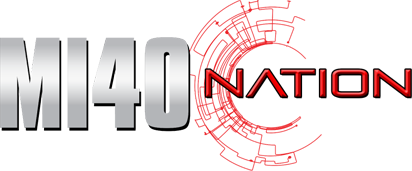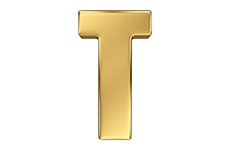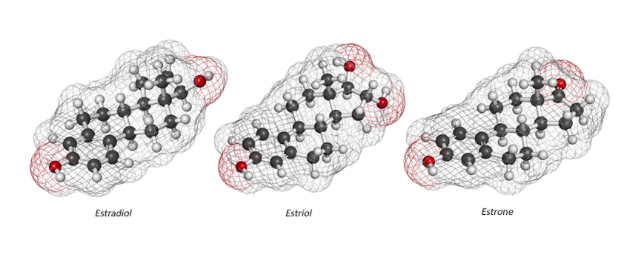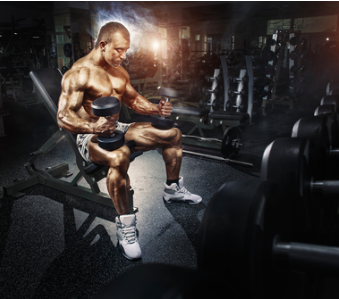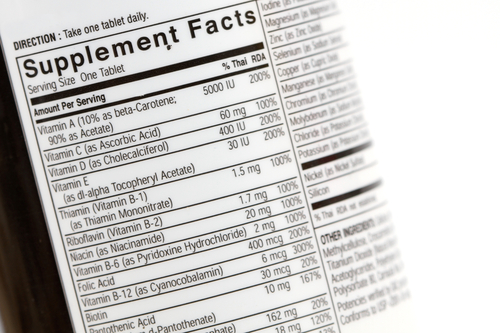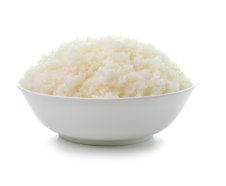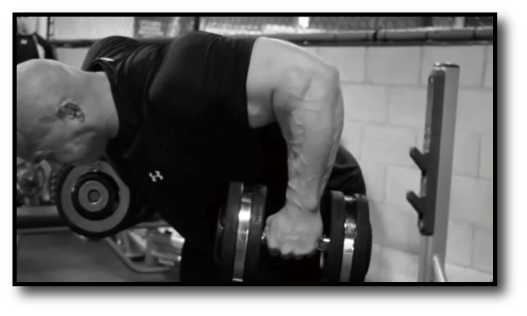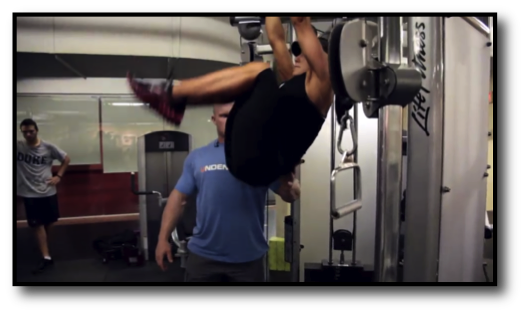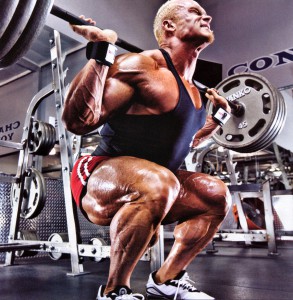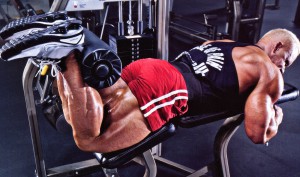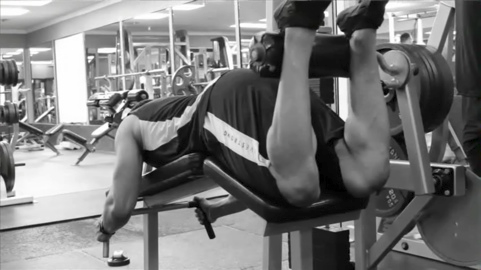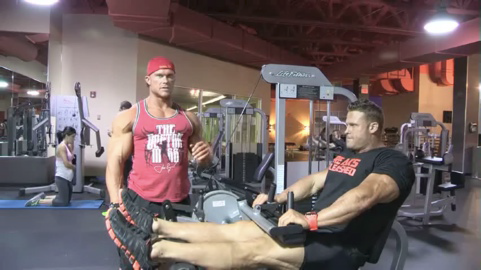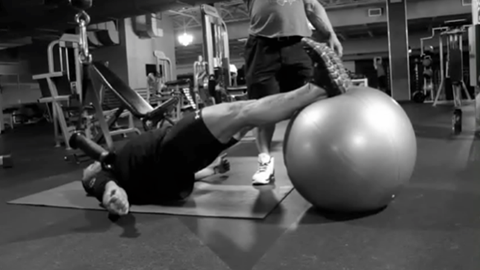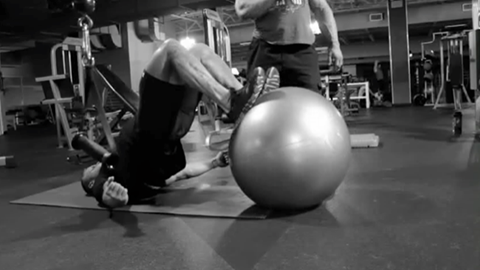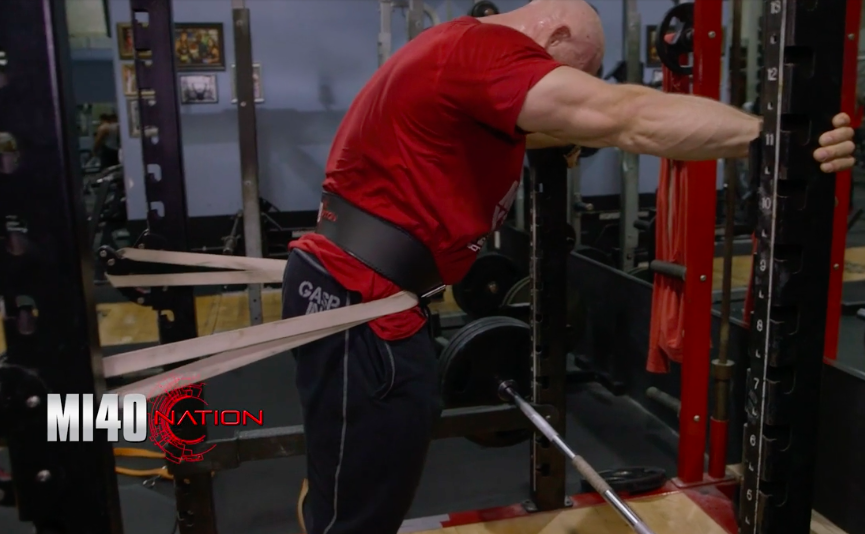(1) Lying Leg Curls, Body Extended (hips up)
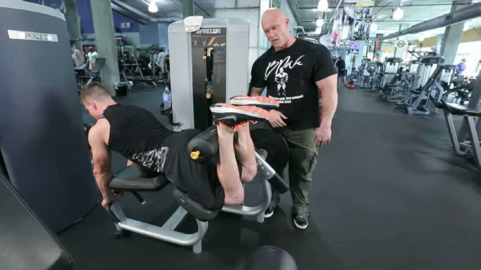
(prop-up upper body into a position that keeps the hips (not the spine) in full extension, the back flat and the glutes fully contracted (this should result in the body forming a horizontal straight line, maintain this. Force pelvis / hips down / drive into the pad (no letting the butt come up), almost allow knees to come up off the pad (hips locked-down and forward))
- thrust butt forward and contract glutes
- aim to get heels as close to butt as possible (while keeping hips down)
- no internal or external rotation (keep hips, knees and ankles in straight lines)
- contract quads at the bottom
Typically, this is performed with feet and toes neutral, though to mix things up to change the emphasis:
Point toes: point toes away forcefully (plantarflexion) – will help eliminate calf involvement
Flex toes: flex toes hard towards shins (dorsiflexion) – will make you stronger than the above
Toes in: point toes inwards & touch together, overlapping even – typically strongest position
Toes out: externally rotate about 45º – harder to keep hips down plus range will be smaller
* you can also try mixing this up intra-set, try flexing toes on the positive, then pointing the toes on the negative
___
* for good practice from time to time, from the start position, come up to 30º, pause (to eliminate momentum), ensure full contraction, then continue
* to extend a set if necessary, transition into the below ‘body extended’ position (2)
(3) Single Leg Standing Leg Curls
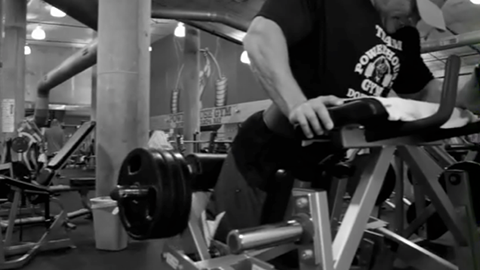
- keep body upright (chest up); no forward lean or bend at the waist
- extend the thigh (keep it off the pad) and thrust hips forward until glutes contract (maintain this position throughout)
- bring as close to butt as possible at the top (keeping hips flexed)
- contract quads at the bottom
- refrain from allowing the butt to kick backwards into flexion
___
* to extend the set if necessary, lean over (to lengthen hamstrings) while shoving thighs into the pad
(4) Glute-Ham Raises / Back Extensions (Glute/Ham Emphasis)
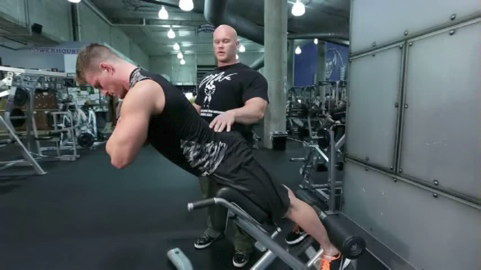
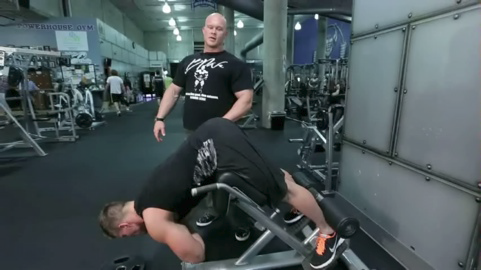
- avoid hip obstruction: adjust pad to about 2 – 4″ below hip joint (around midline of pelvis)
(typically, use a 45º angle back extension machine; if needing to use a raised foot pad, adjust so that the body reaches a horizontal position perpendicular to ground at the top)
- shove pelvis / hips into the pad throughout (aim to keep them locked-down)
- keep chin / chest up throughout the movement (no rounding of lower back)
- no internal / external rotation of hips, spine ridged, feet in a line, glutes / hams contracted
- pause briefly at the bottom when hamstrings are fully stretched
- shove heels back while contracting glutes & hams to come up (no upper body / spinal movement)
- top position is reached when the body forms a horizontal straight line from head to toe (no need to hyperextend at the top)
___
* to complete a set, if needed, drop the hands to the ground and push to assist back up
* feet / toes can be positioned as per preference; externally rotate toes to elicit more of the outside of the hamstrings and vice versa
* if attempting for the first time, bring arms across / in front of chest when performing; the next progression would be to hold the hands behind the head, the next to hold a weight plate against the chest
* advanced: if / when a high level of execution is achieved, you may rotate at the top of the movement one way, then in the opposite direction on the next rep
(7) Weighted Glute Bridges / Hip Thrusts
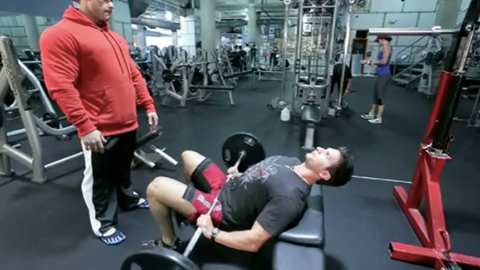
(lay across a flat bench with only shoulders / upper trap in contact, hold a barbell or dumbbell across the hips)
- feet shoulder-width apart with knees directly above ankles
- come all the way down and really stretch
- from the bottom, ‘drive’ up and squeeze the glutes at the top hard while simultaneously thrusting the hips towards the ceiling as much as possible (when you think you’ve gone up high enough, go 2 inches further!)
- try to pull the heels / hamstrings in towards the butt throughout, especially on the way up
(8) Bodyweight Glute Bridges / Hip Thrusts on ball
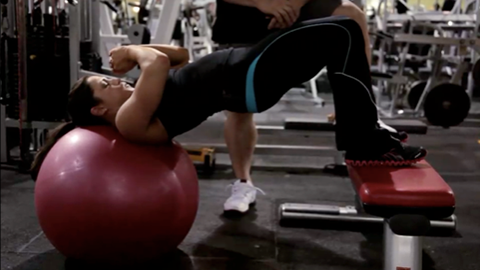
(advanced variation depicted)
Execution of all below variations as per exercise above (7), minus the body position:
1. perform lying flat on the floor (hands down for support, or, if advanced: across chest
2. same execution also though with feet on a bench or just one foot if ability allows
3. (advanced): as above, while lying on / pushing shoulders and traps into, a stability ball
* ‘intent’ can be applied by placing a ball / Pilates block between the knees & squeezing, if advanced, have a spotter apply pressure to the outside of the knees

